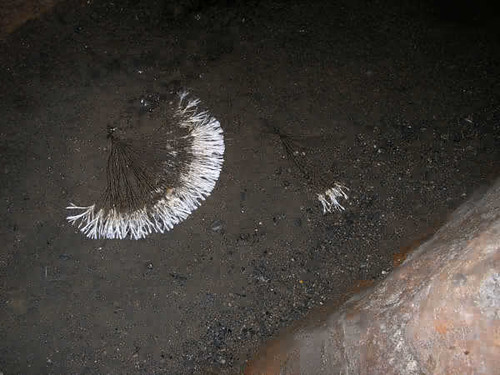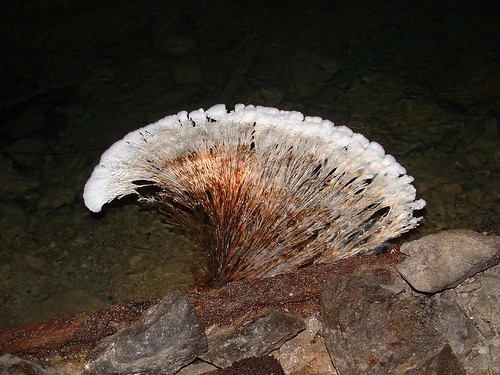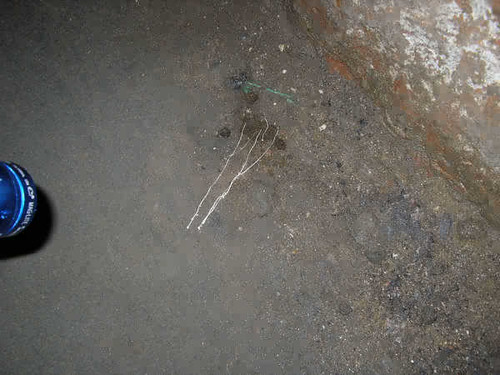axbridgecaver
Member
Last night I was taking a party on a guided tour of Redcliffe Caves (Bristol) and notices two types of fungus growing on the floor of the mine. Is anyone able to identify them please?

Fungus - 1 Width 25cm

Fungus - 1a Fungus 1 looks very similar to a fungus that I photographed in Milwr Tunnels two years ago.

Fungus - 2 Length of the fronds 7cm and the bulb like structure on the end 0.5cm.

Fungus - 1 Width 25cm

Fungus - 1a Fungus 1 looks very similar to a fungus that I photographed in Milwr Tunnels two years ago.

Fungus - 2 Length of the fronds 7cm and the bulb like structure on the end 0.5cm.



